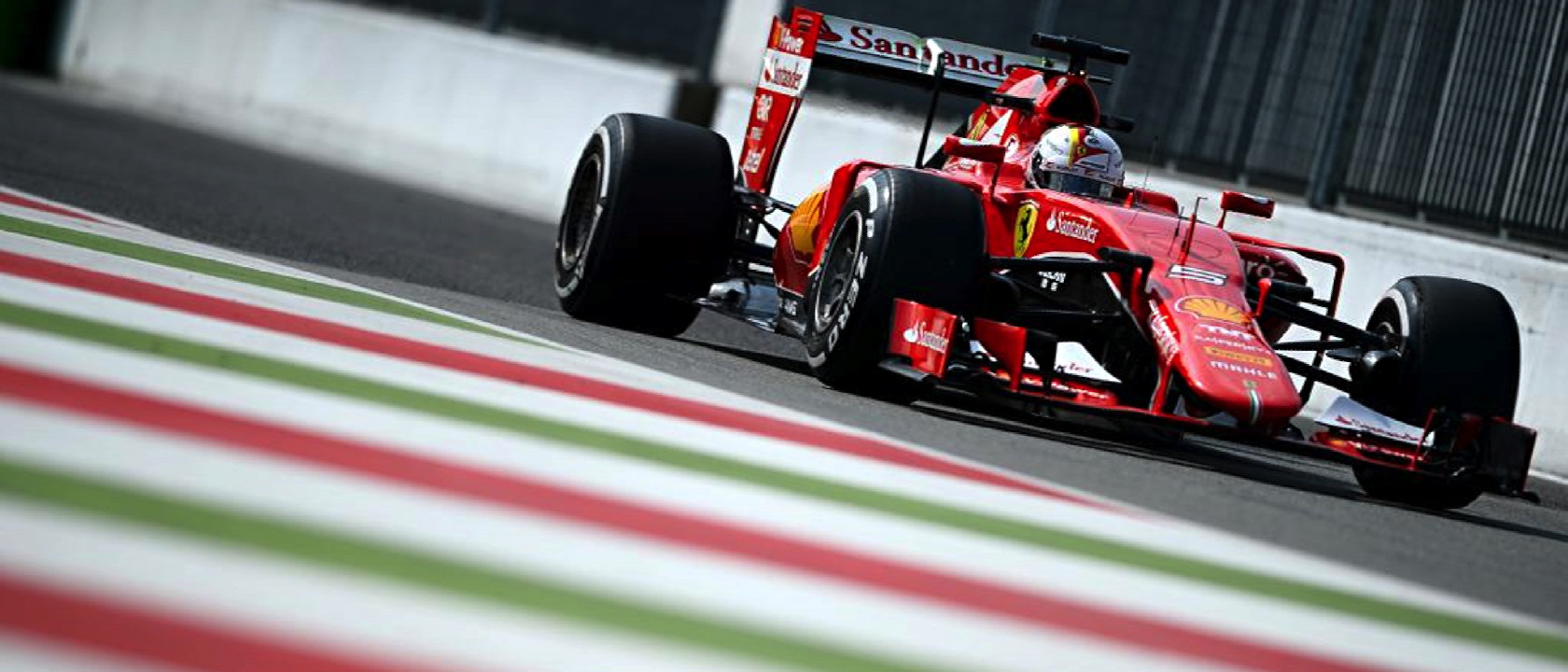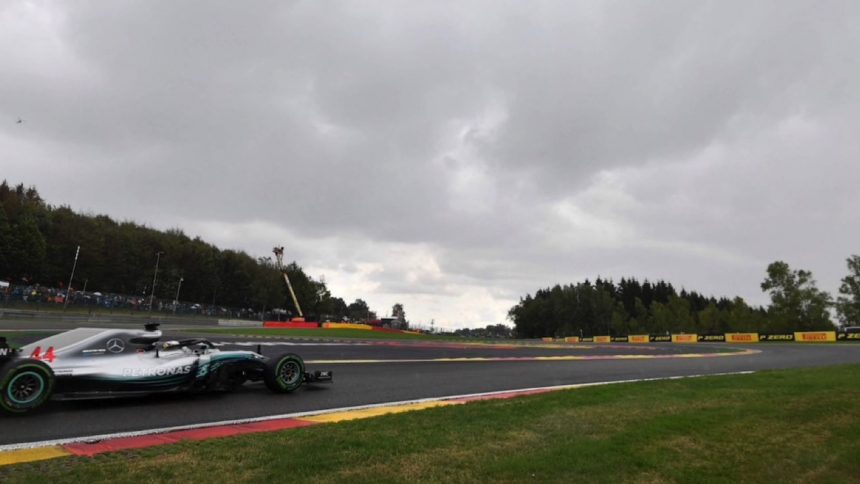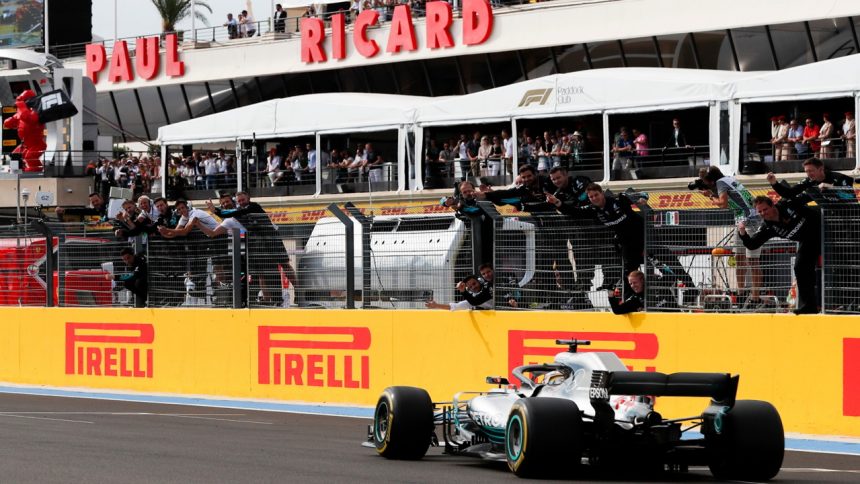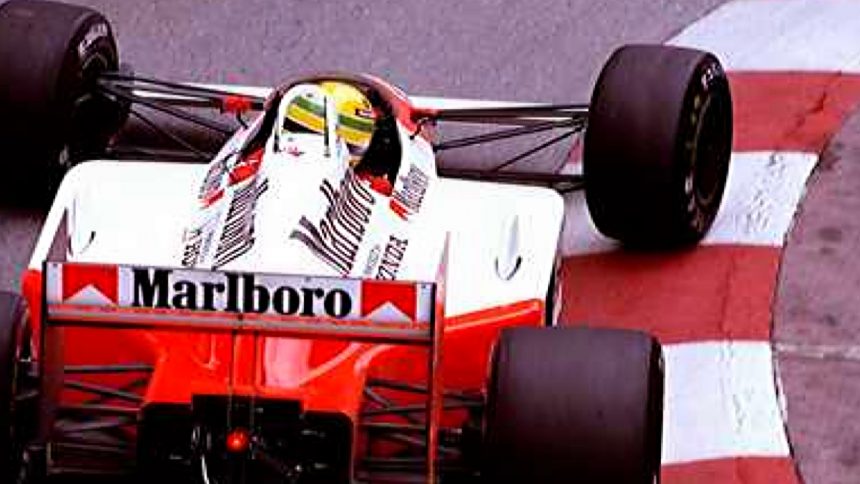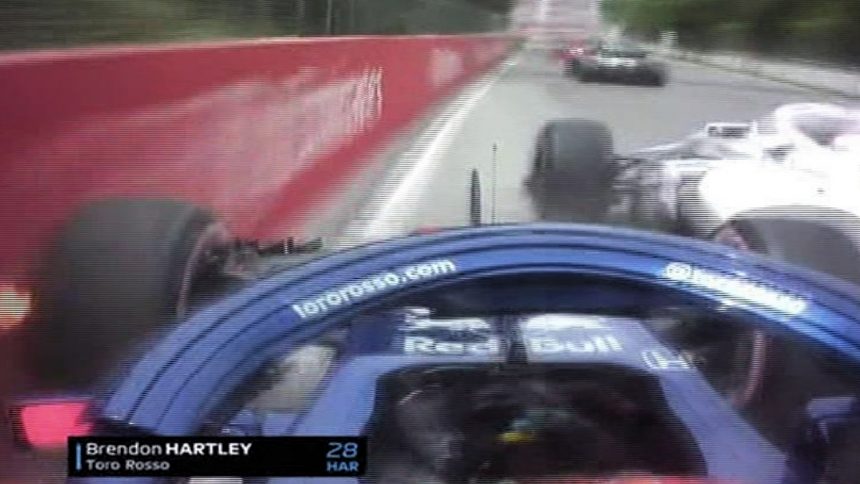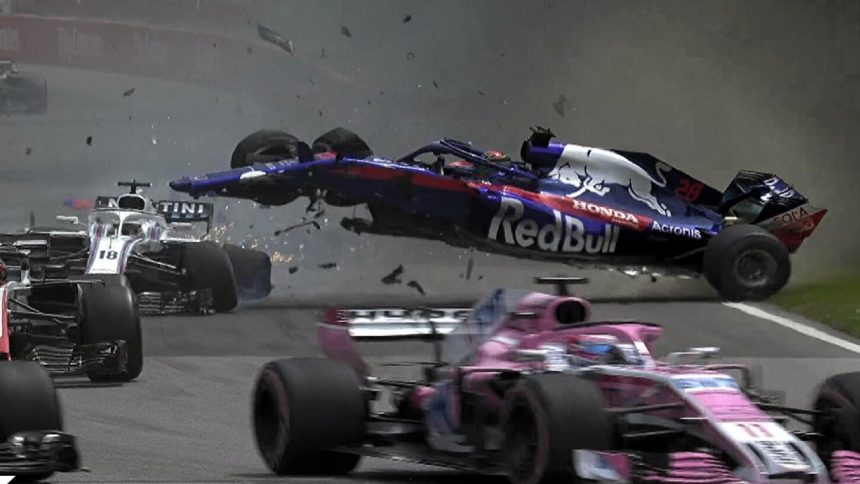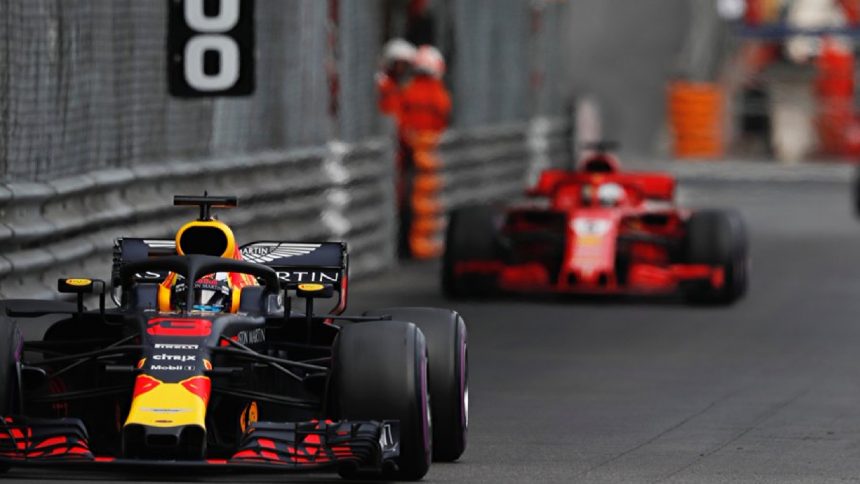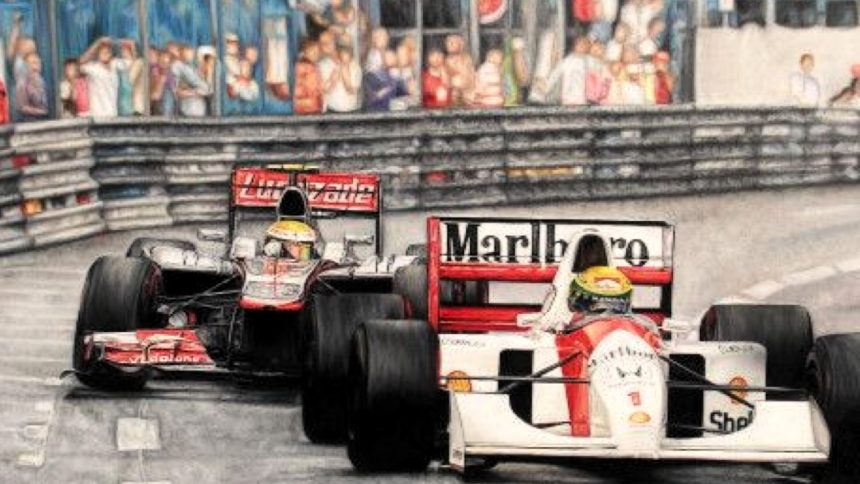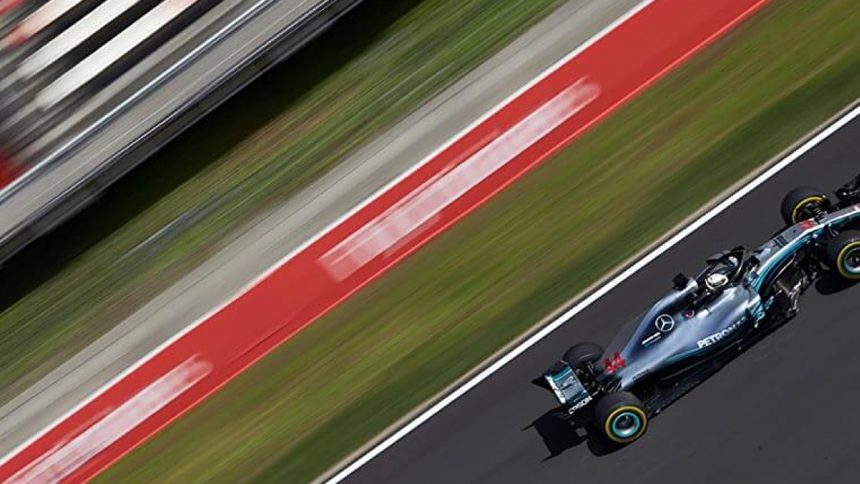Featured Content
The Best of F1A&G
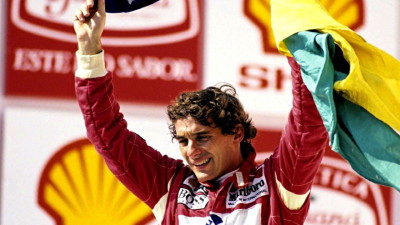
Profiles
The story of Formula One is a saga of men striving for perfection in controlling a car at speed, in skating on the edge of adhesion and becoming one with their machines. These profiles reveal Read More ...
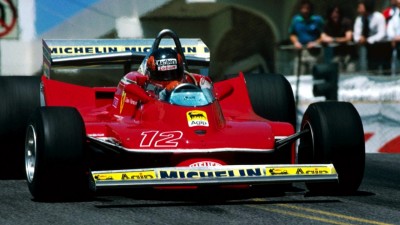
History
From Farina and Fangio to Schumacher, Vettel and Hamilton, from Alfa Roméo and Ferrari to Mercedes, Red Bull and McLaren, Formula One’s history is alive with the triumph of skill and technology, the crushing disappointment Read More ...
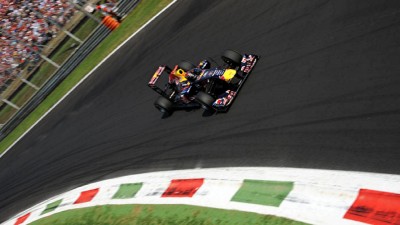
Photos
The art and genius of Formula One motor racing is represented best in photographs of the cars and drivers who have made the sport their stage over the decades. Many thanks to those F1 enthusiasts Read More ...
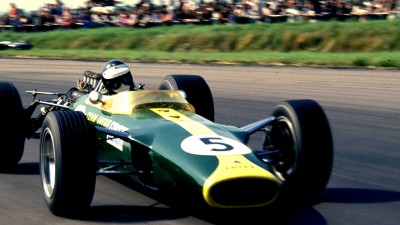
Top 15 All-Time Drivers
Comparing F1 drivers across eras is inherently difficult; the longer schedules and frequently changed points systems of the past 25 seasons compound the unreliability of absolute numbers. These statistics attempt to give a “relative” view of the Read More ...
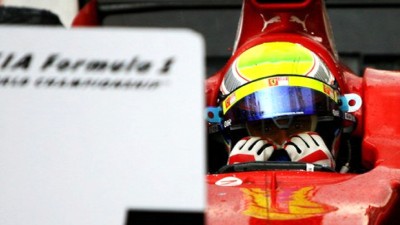
6 Most Poignant Moments
There are moments in the history of Formula One that tear at one’s heart strings — that make even the most cynical observer of the F1 circus pine with empathy. Perhaps even bring a tear Read More ...
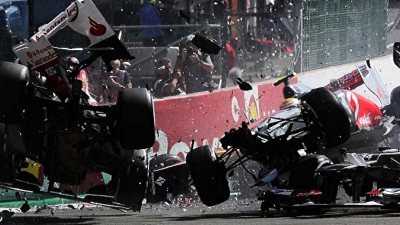
6 Best F1 Crashes
Anyone who experienced motor racing accidents in the 1960s and ’70s will immediately understand that a “great” crash can only occur in recent decades. Before carbon fiber monocoques, survival cells, fire-retardant driving suits and crash safety Read More ...

